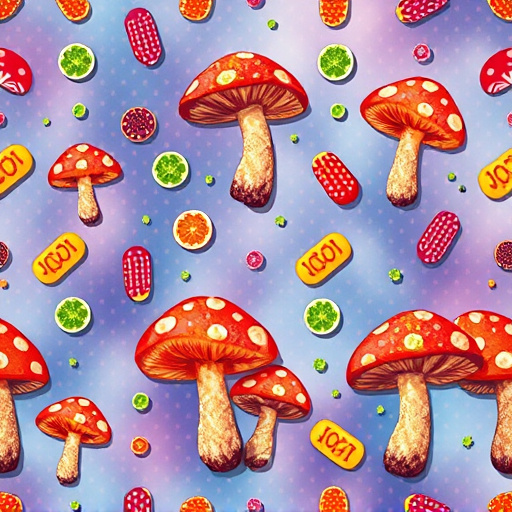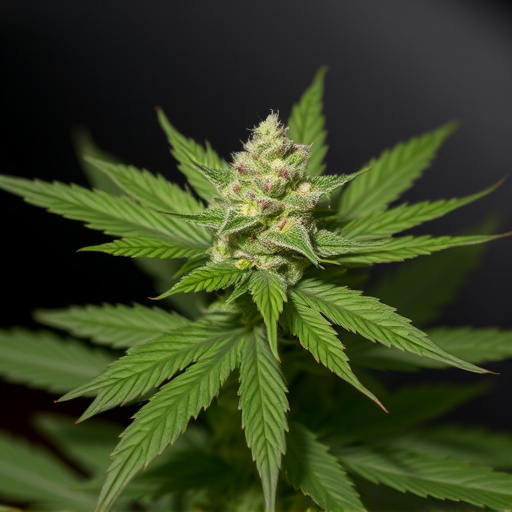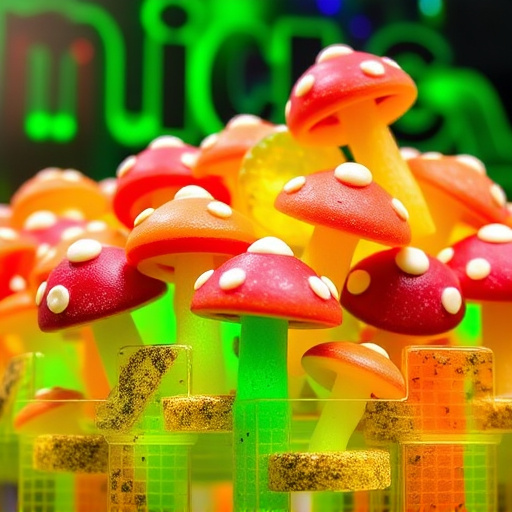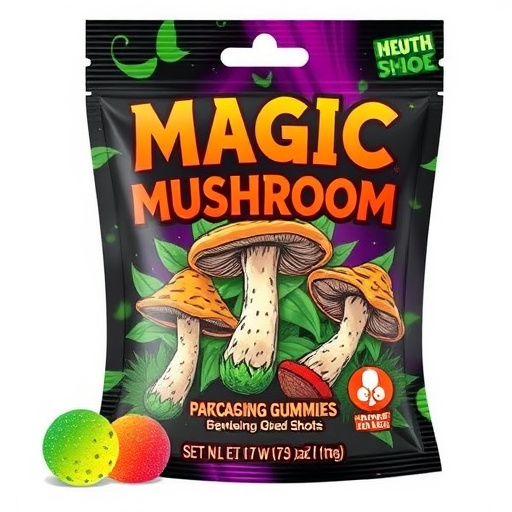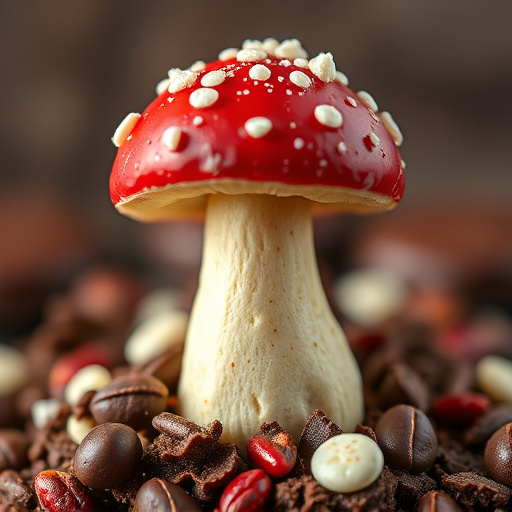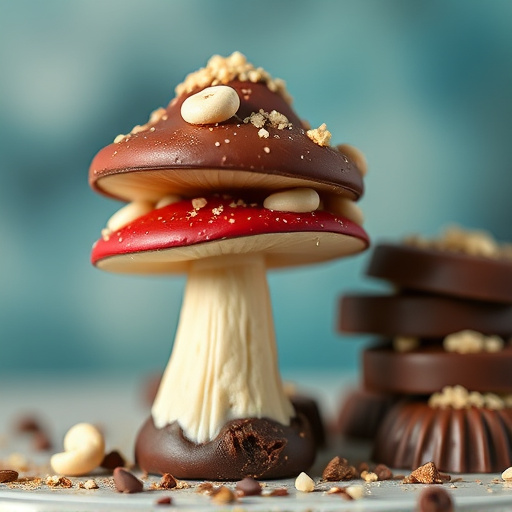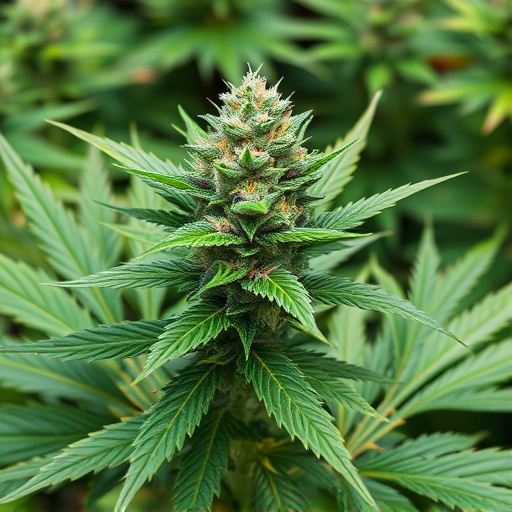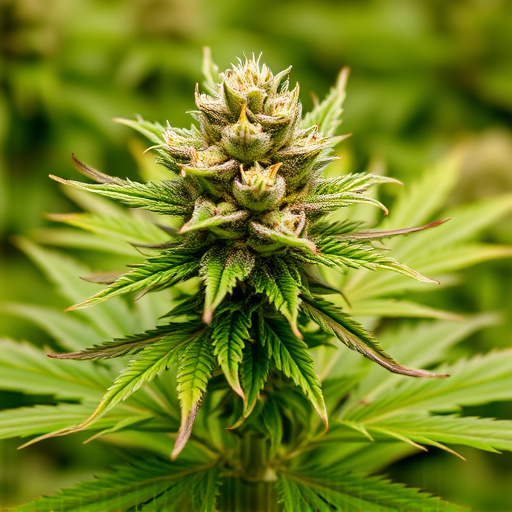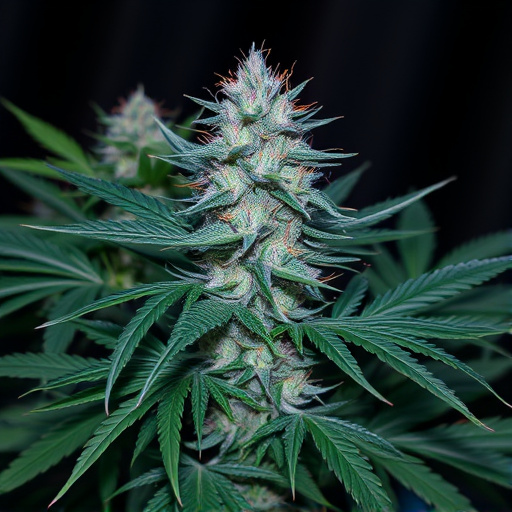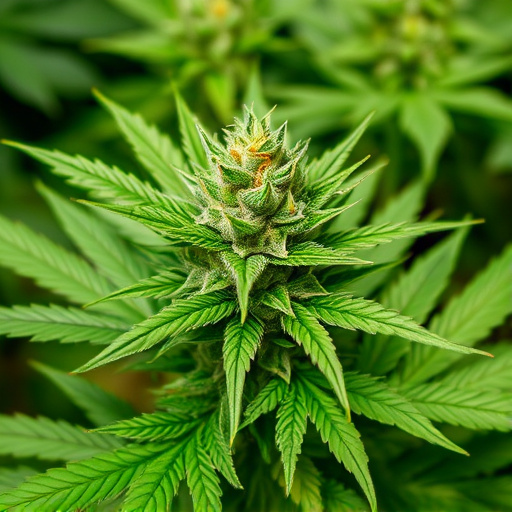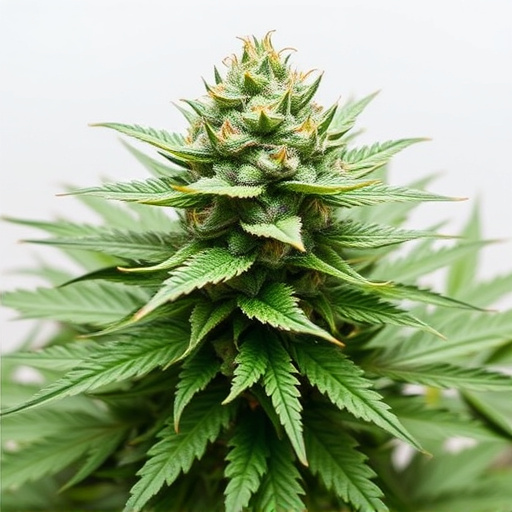Cannabis sativa strains exhibit diverse effects due to varying THC and CBD levels, allowing users to choose based on personal preferences and desired outcomes. Biological factors, tolerance, personal experiences, age, weight, gender, health status, previous use, expectations, and mental health conditions significantly influence reactions to different strains. Sativa strains, high in THC, offer energizing effects but may induce anxiety; indica strains, rich in CBD, provide calming benefits for stress, insomnia, and chronic pain. Understanding strain characteristics aids users in selecting varieties aligned with their specific needs.
“Cannabis flowers, rich in diverse compounds, offer unique experiences for every individual. This article delves into the intricate world of cannabis effects, specifically focusing on how different people react to various cannabis sativa strains. We explore the interplay between personal factors and cannabis reactions, providing insights into what makes each strain distinctive. Understanding these variations is key to navigating the diverse landscape of cannabis sativa strains, ensuring a safe and enjoyable experience for all users.”
- Understanding Cannabis Flower Effects: A Deep Dive into Cannabis Sativa Strains
- Individual Variations: How Personal Factors Influene Reactions
- Exploring Specific Strain Characteristics and Their Impacts
Understanding Cannabis Flower Effects: A Deep Dive into Cannabis Sativa Strains
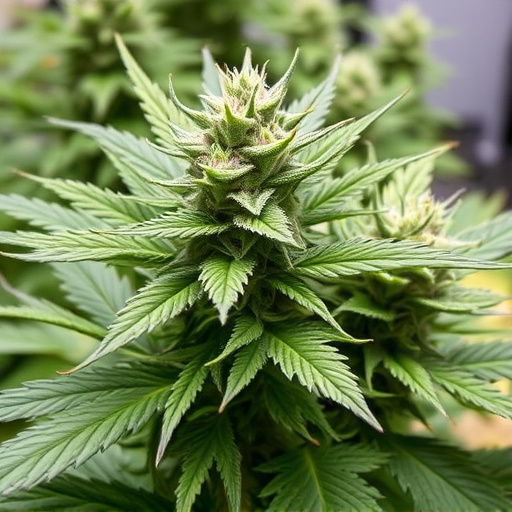
Cannabis flowers offer a diverse range of effects, and understanding these variations is key to harnessing their therapeutic potential. Among the various species, cannabis sativa strains have garnered significant attention for their distinct properties. These strains are known for their ability to provide uplifting and energizing experiences, making them popular choices for daytime use or creative activities that require heightened focus and mental clarity.
The unique chemical composition of each sativa strain plays a pivotal role in shaping its effects. Some varieties boast higher levels of THC (tetrahydrocannabinol), the primary psychoactive compound responsible for the ‘high’ sensation. Strains with balanced ratios of THC and CBD (cannabidiol) offer a more moderate experience, often promoting relaxation without impairing cognitive functions. This diversity allows individuals to select strains that align with their preferences and desired outcomes, whether seeking relief from stress or enhancing productivity.
Individual Variations: How Personal Factors Influene Reactions
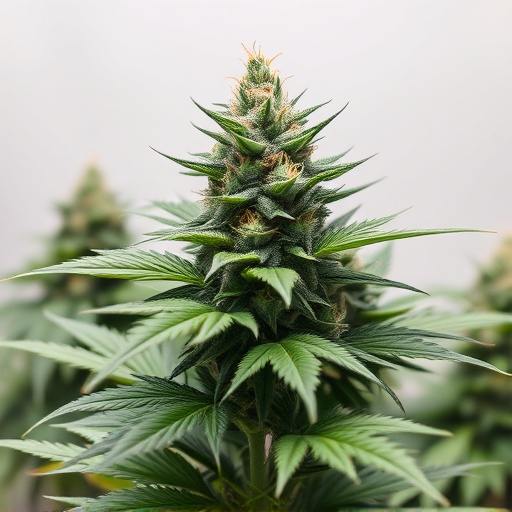
The effects of cannabis flower can vary greatly from person to person, largely due to individual differences in biology, tolerance, and personal experiences. Factors like age, weight, gender, and overall health play significant roles in determining how one might react to different cannabis sativa strains. For instance, younger individuals may experience heightened sensory perception and increased heart rate, while older adults could feel more sedated or relaxed. Those with a higher tolerance developed through regular use might not be as affected by the same amount of cannabis as someone who consumes it less frequently.
Personal circumstances and expectations also come into play. Individuals expecting a relaxing effect might perceive milder strains as more enjoyable and effective, while those seeking energy-boosting properties may need stronger doses or specific high-THC varieties. Pre-existing mental health conditions, such as anxiety or depression, can impact how cannabis is perceived, with some finding relief in certain strains but others experiencing adverse effects.
Exploring Specific Strain Characteristics and Their Impacts
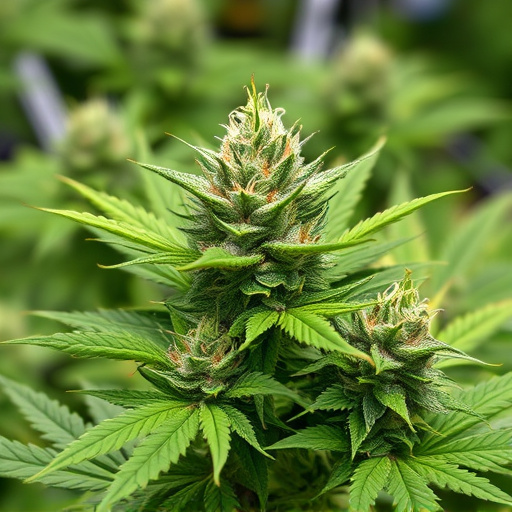
Cannabis flowers offer a diverse range of experiences due to varying cannabinoid profiles and terpene compositions, with each strain having unique characteristics that can significantly impact users differently. For instance, cannabis sativa strains are renowned for their uplifting and energizing effects, often evoking creativity and social interaction. This is largely attributed to the higher levels of THC (tetrahydrocannabinol), the primary psychoactive compound responsible for the “high” sensation.
However, the same sativa traits can be overwhelming for some individuals, leading to increased anxiety or paranoia. Contrarily, indica strains are generally known for their calming and sedative properties, making them popular choices for managing stress, insomnia, and chronic pain. These effects are largely due to a higher CBD (cannabidiol) content, which has anti-anxiety and pain-relieving qualities. Exploring these strain characteristics allows users to make informed decisions based on their individual preferences and desired outcomes.
Cannabis sativa strains offer a diverse range of effects, but how these impact individuals varies greatly. Understanding both personal factors and specific strain characteristics is key to navigating this complexity. By considering individual tolerances, mental states, and physiological differences, users can optimize their cannabis experience. Further research into cannabis sativa strains continues to uncover the intricate ways these plants interact with our bodies, promising a more personalized approach to wellness in the future.
